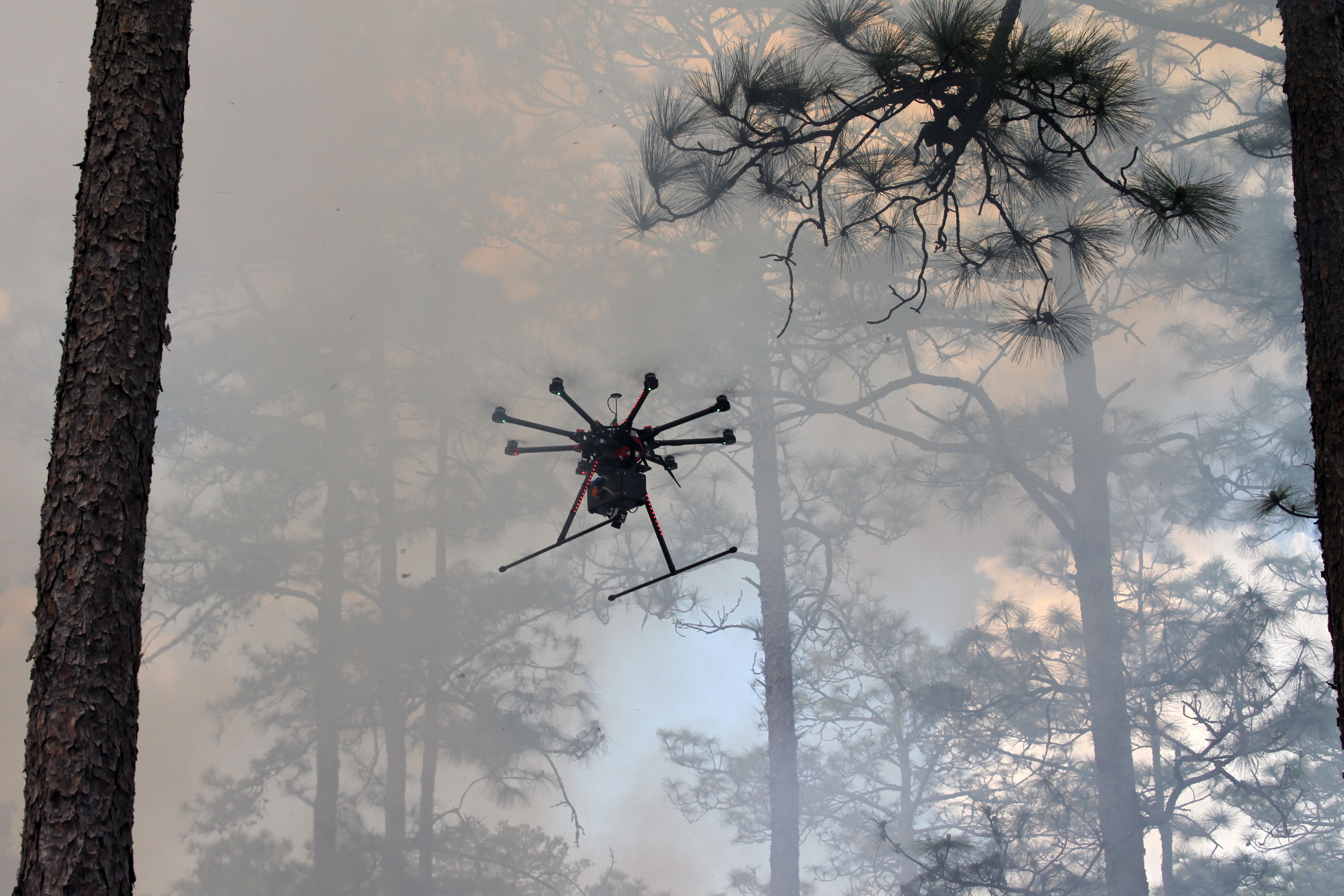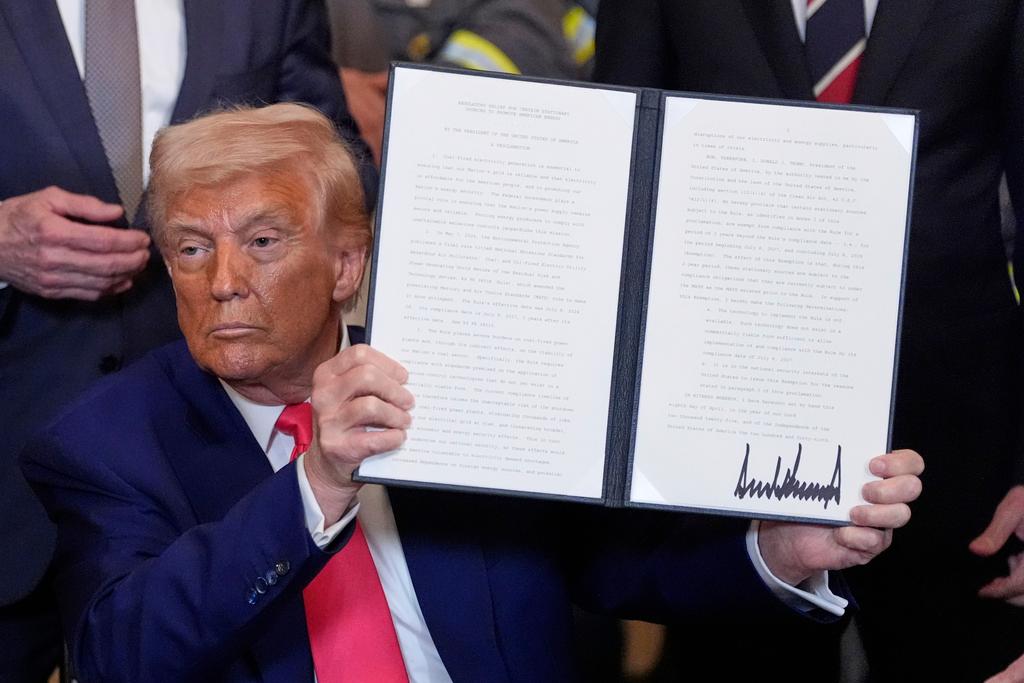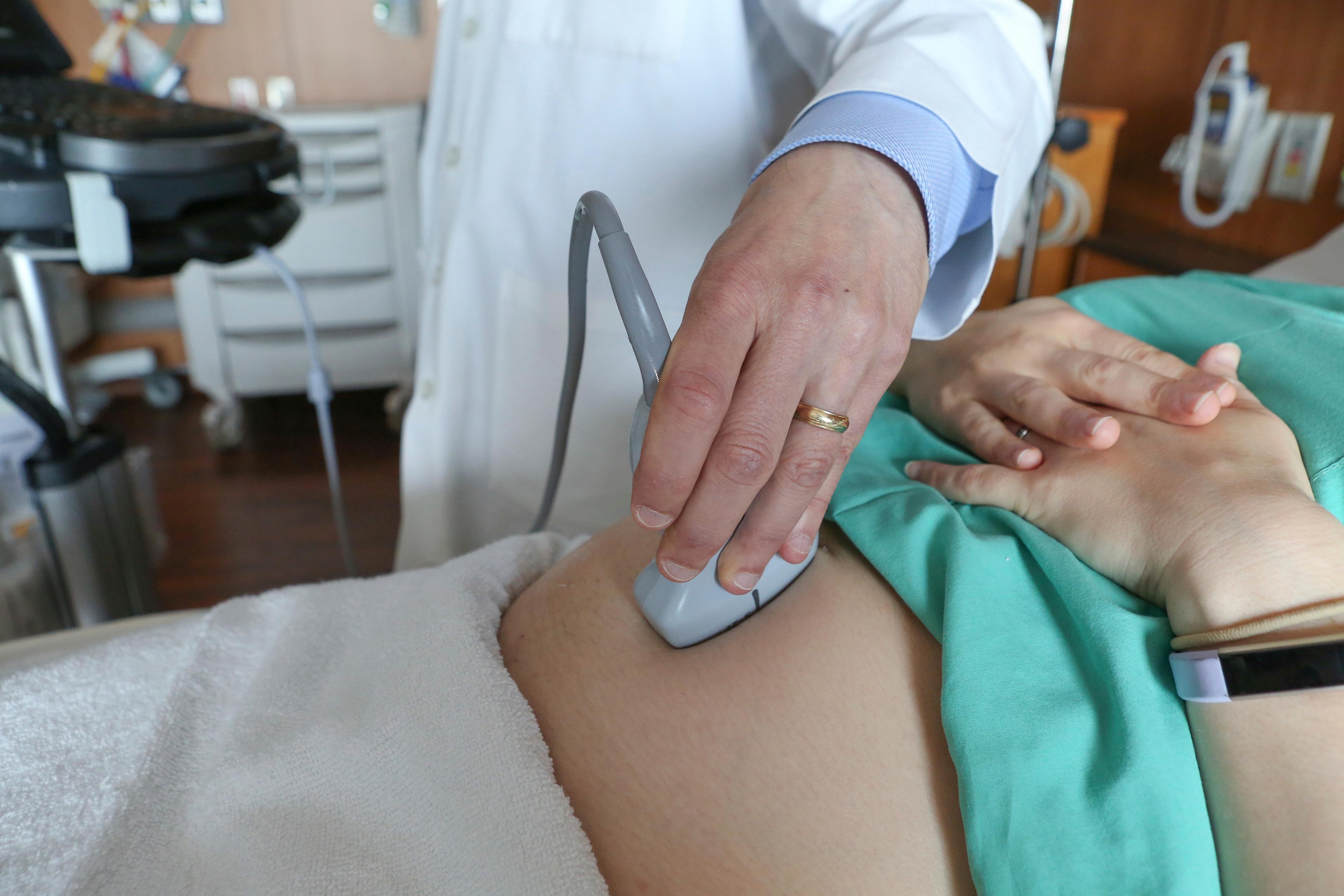
Colorado has seen more than 10 wildfires so far this summer, and as if the flames were not formidable enough, fire management crews have a new and different problem on their hands when they go to work: drones.
The National Interagency Fire Center says unauthorized drones have been detected over or near wildfires 17 times this year in nine western states. Of those incidents, 14 caused aerial firefighting operations to be grounded entirely. In 2016, unauthorized drones cropped up near wildfires more than 40 times, grounding air operations more than half the time.
In recent one instance, the remote-controlled aircraft disrupted efforts to contain the Lightner fire in Southeast Colorado about four times in four days.
“Any time an unauthorized drone is detected over or near a fire, it’s a serious situation,” said Jennifer Jones, a spokeswoman for the U.S. Forest Service.
Firefighting tanker pilots who dump water or flame retardant below could crash into drones, or become distracted, and crash into trees. Drones could crash into firefighting aircraft and fall from the sky, hurting or killing firefighters on the ground, she said.
It’s also an illegal situation. But Jones said bringing the law to bear is tricky because the challenge is tracking who the drone belongs to.
A recent effort by the Department of the Interior aims to combat drone flights over wildfires by offering near-real time wildfire data to the public. The hope is that drone hobbyists can use the information to steer clear of active wildfires. Colorado is not currently one of the states included in the program, but may be in the future.
In the meantime, land management agencies along with the Federal Aviation Administration are warning the public that drone interference not only put pilots and firefighters on the ground at risk, but also keep fires burning longer.
Interview Highlights With Jennifer Jones
On sharing airspace with drones during a firefighting operation:
“Members of the public are supposed to fly their drones at 400 feet above the ground level or less. That is the same airspace that air tankers are dropping fire retardant in, helicopters are dropping water in, and we have other aerial firefighting aircraft. So safety in aerial firefighting really depends on knowing what other aircraft are in the airspace and what they’re going to do. When a drone shows up, the pilots see a drone, there’s a potential for a mid-air collision, or for that pilot to become distracted and accidentally crash.”
On the procedure for dealing with unauthorized drones:
“If we detect an unauthorized drone flying over or near a wildfire, we will temporarily ground that aircraft until we’re confident that the drone has left the area and that it won’t be coming back. Then we’re also going to start working in local law enforcement, and we’re going to try to track the operator down to make sure that they are aware that they’re not supposed to be doing that, and to take appropriate action after that.”
On whether or not the forest service may start using drones:
“We are certainly interested in using drones ourselves for a variety of fire management purposes, whether that’s mapping, whether it’s launching a drone to provide kind of a continuous live to firefighters on the ground, potentially fire detection. There’s a whole range of uses that agencies may be able to use drones themselves for.”
“Sometimes we do get the question: ‘How come it’s okay for you guys to fly them and members of the public can’t?’ And the answer to that is that again, safety in aerial firefighting depends on knowing what other aircraft are in the area and what they’re going to be doing. If we are flying drones ourselves for fire management, they’re carefully integrated through the air operations staff with that other air traffic that’s flying, so it’s known that they’re there, it’s known what they’re doing, and that’s all coordinated. That’s just not the case when a member of the public flies a drone over a fire.”









